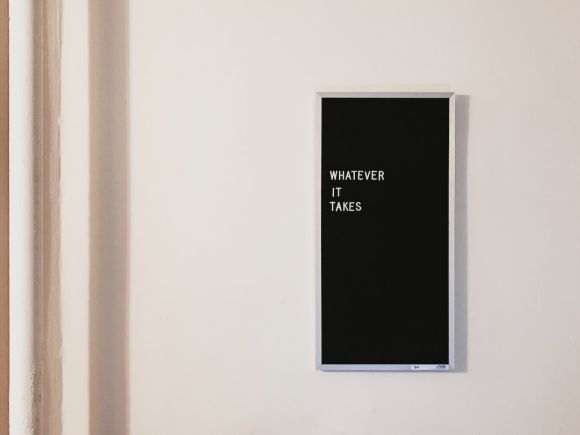Adding wall art to your home is a fantastic way to showcase your personal style and enhance the overall aesthetic of your space. However, mixing different wall art styles can be a daunting task. How do you create a cohesive look without it becoming overwhelming or chaotic? The secret lies in understanding the key principles of design and following a few guidelines. In this article, we will explore the secret to mixing different wall art styles to help you create a stunning and harmonious display.
Understanding Your Style
Before you can successfully mix different wall art styles, it’s essential to identify your personal style. Are you drawn to contemporary, minimalist pieces, or do you prefer more traditional and ornate artwork? Understanding your style will guide you in selecting the right pieces that complement each other. Consider the colors, textures, and themes that resonate with you the most.
Create a Focal Point
One effective way to mix different wall art styles is by creating a focal point. Choose one piece of artwork that will serve as the centerpiece of your display. This could be a large, bold painting or a unique sculpture. Once you have your focal point, you can then select other pieces that complement it. This will help anchor the overall design and create a sense of harmony.
Blend Colors and Textures
Mixing different wall art styles doesn’t mean everything has to match perfectly. In fact, incorporating a variety of colors and textures can add depth and visual interest to your display. Look for complementary colors or choose pieces that share a common color palette. Experiment with different textures, such as canvas, metal, or wood, to add dimension to your arrangement.
Play with Scale and Proportion
Another secret to successfully mixing different wall art styles is playing with scale and proportion. Varying the sizes of your artwork can create visual intrigue and balance. For example, you can pair a large, statement piece with smaller pieces to create a dynamic composition. Be mindful of the proportions of your space and the overall balance of the arrangement.
Consider Themes and Motifs
To create a cohesive look, consider incorporating themes and motifs across different wall art styles. This could be a specific subject matter, such as nature or abstract art, or a common design element, such as geometric shapes or patterns. By incorporating these elements, you can tie together different pieces and create a unified display.
Experiment with Placement
The secret to mixing different wall art styles also lies in experimenting with placement. Don’t be afraid to think outside the box and try unconventional arrangements. Consider grouping similar pieces together or creating a gallery wall with a mix of framed artwork and photographs. Play around with the spacing between pieces to create a visually appealing composition.
Seek Balance and Harmony
As you mix different wall art styles, it’s important to seek balance and harmony in your arrangement. Pay attention to the visual weight of each piece and distribute it evenly throughout the display. Avoid overcrowding or leaving large empty spaces. Step back and assess the overall composition to ensure it feels balanced and visually pleasing.
In conclusion, mixing different wall art styles can be a creative and rewarding process. By understanding your personal style, creating a focal point, blending colors and textures, playing with scale and proportion, considering themes and motifs, experimenting with placement, and seeking balance and harmony, you can create a stunning and cohesive display. Don’t be afraid to let your personality shine through and have fun with the process. With these guidelines in mind, you can confidently mix different wall art styles to create a unique and visually captivating space.






